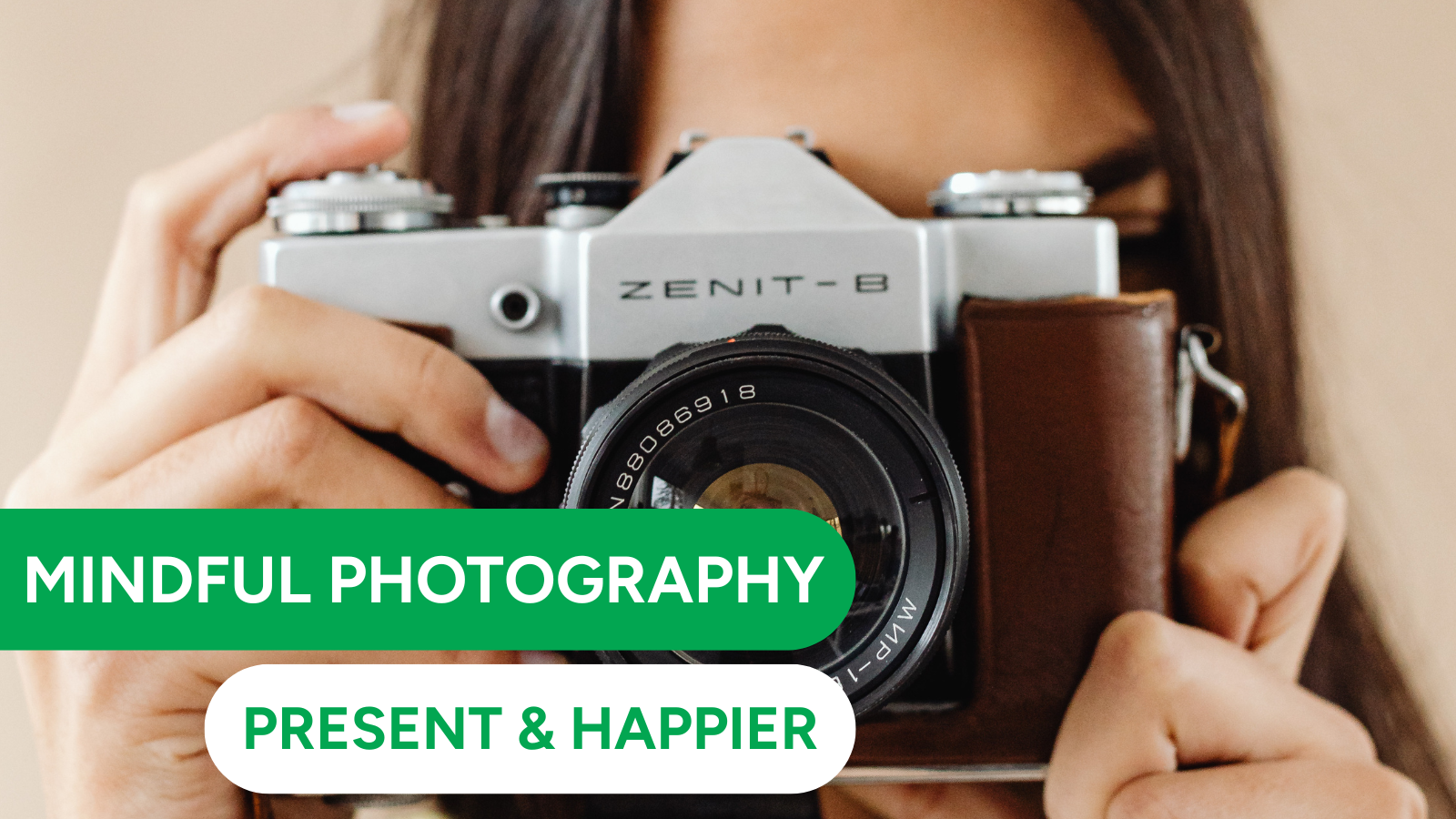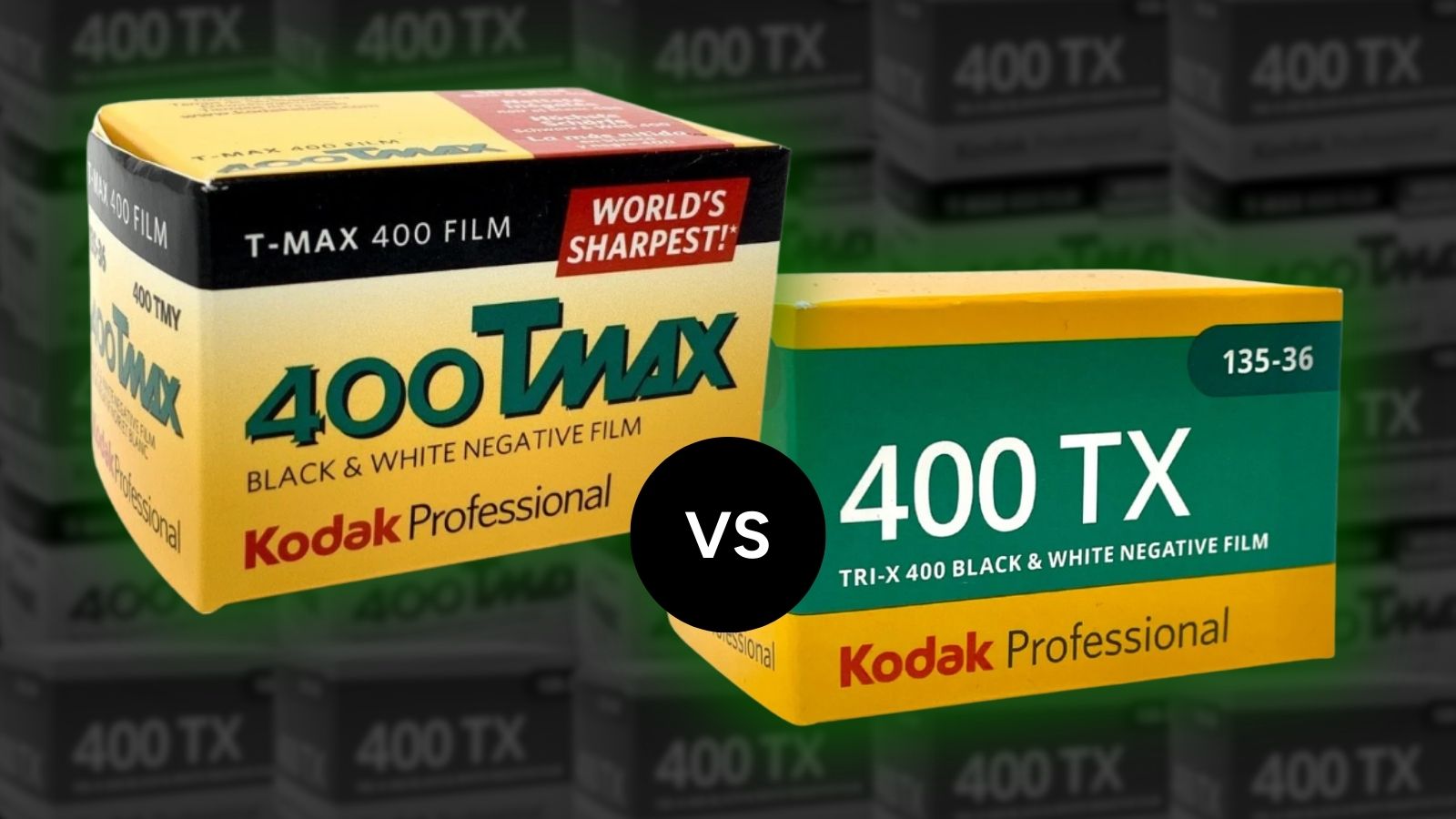
The Story Behind the Photo: Grand Prize Winner Ted Smith
By Paul McKay
We love to learn about the story behind photographs - especially when they WON one of the Grand Prizes in our recent Low Light Magic competition! So when Ted Smith offered to write up the background to his photography and how he came to take the winning 'London by Night' photograph we jumped at the chance!
Ted! Congratulations once more :-)
Let's start with the easy questions - where was the photograph taken?
It’s taken from the south side of the River Thames, very close to the Major's Office and Tower Bridge.
Which film did you use?
Kodak Tri-X 400 in medium format, shot at EI1600 and push developed in Ilford Ilfotec DD-X for 14 minutes at 22 deg.
A classic film, and one we noticed featured heavily in our winners' round-up! Which camera did you pair with it?
Hasselblad 501CM with 80mm CB standard lens.

Beautiful. And now onto the big one... how did you come to take this particular photo?
Like many of us I suspect, I’m a middle aged guy with kids, a busy full time job, a wife and so on. On paper, I’m living the dream. But finding time to go out to do landscape photography is hard. If I use a Saturday to get up early and spend all day taking photos, I feel like I’m neglecting my kids, or my wife, or both. I work fairly long hours in the week (often working in London for a few days at a time) so my weekends at home are important.

With my Hasselblad and my wife!
Last summer, I photographed a relatives wedding with my Hasselblad and it inspired me to get out and use it more. But I kept asking myself “use it to photograph what?”. I’d already photographed my kids to end of the world. My dogs have all now died. And I have no time to go out photographing landscapes. And I don’t have a customer base of babies, or families coming to me for portraits. So I thought I’d try to incorporate my love of landscape photography into my trips to London. Better still, I began a “London by Night” theme called “The London Series” (which is on my website) which was an ideal way to mix my requirement to work in London with my desire to take photographs, and it avoided me neglecting my home life at the weekend by spending all of it doing photography. So this way, I was getting the best of all worlds.
This photograph was one of a series I’d taken over a period of several trips to London just before Christmas 2018. So now you know why it was taken.

London by Night; Grand Prize Winner; (c) Ted Smith
The compositional element of how it was taken is perhaps more interesting, or mysterious. The picture is more deliberately composed than perhaps people think, or realise. Many will ask why I included so much sky and so little water. Do you notice the subtle appearance of the clouds from the darkness “gloom” above the city? I’ll not be too over descriptive about the symbolism there, but suffice to say it was actually a personal and conscious reason to frame it that way. The subtle appearance of the clouds from amidst the darkness of the sky over this busy part of the world was key to it. The busy lifestyle of the many people in those skyscrapers, busily hurrying about what they consider to be their important business. What’s important, to me, is the time we have with our family because you don’t get that back if you waste it, and it’s much shorter than we think. As my wife says, “when you’re dead, nobody asks who the richest man in the graveyard is. People ask who the greatest man in the graveyard is”. We should aspire to be just great people, in all our various virtues.
Very wise, and we applaud the sentiment whole-heartedly. On a more prosaic technical note, how did you meter for such a low-light situation?
In my head. Night-time photography like this is actually quite easy I find. I tend to follow the guide (which I learned from a friend of mine called RJ in London) of 5-6 seconds at f16 for ISO 100 film. So give or take a couple of seconds, or a couple of stops, you get pretty good results depending on the film speed variance from this baseline. As I was shooting 400 speed film at EI1600, I think I held the shutter open in bulb mode for about 3 or 4 seconds to get the details in the buildings, knowing the sky was never going to blow out, and this was the result.
And did you use a tripod or shutter cable?
Sort of, if you can call the wall of the River Thames Embankment with the cardboard box of the Tri-X film being used to prop the camera upwards towards the sky to get more of that in, as ‘a tripod’! So, no, not really. A proper tripod was not used, but a prop was used to keep the camera steady. I guess it is correct to say it was not exactly “handheld”, but “hand supported”!
And no shutter cable - but I did lock the mirror to reduce vibrations.
Wonderful - thank you. And how can people find more of your work?
If you head to my website www.tedsmithphotography.co.uk and from there, you can find links to my Instagram and Facebook profile if you like. My blog is quite interesting to some: www.tedsmithphotography.co.uk/blog - full of my film photography thoughts and projects.
Ready to dive in?
Keep Reading
View all
Film Photography & Filmmaking for Mental Health: Why Going Analogue Helps You Be Present, Mindful & Happier

T-Max 400 vs Tri-X 400: Battle of the Kodak Black & White Films
Kodak T-Max 400 and Kodak Tri-X 400 represent two sides of Kodak's black and white film legacy. From Tri-X's gritty high-contrast heritage to T-Max's finer grain, sharpness and modern precision, this blog explores how each film looks, shoots, and develops - helping you choose the right stock for your style, subject, and creative intentions.

Christmas 2025: Shipping & Opening Hours
Christmas 2025 is fast approaching! To make sure your analogue goodies arrive in time, take note of our last shipping dates, plus opening and operating hours over the festive season. We've got everything you need to gift the magic of film photography this Christmas!
Subscribe to our newsletter 💌
Sign up for our newsletter to stay up to date on film photography news, sales and events:
Free Tracked Shipping
On all UK orders over £50
Passion For Film
An unbeatable range and an on-site lab
Our Customers Trust Us
Thousands of independent 5* reviews
All Deliveries are Carbon Neutral
Independently audited and verified by Planet
- Opens in a new window.



